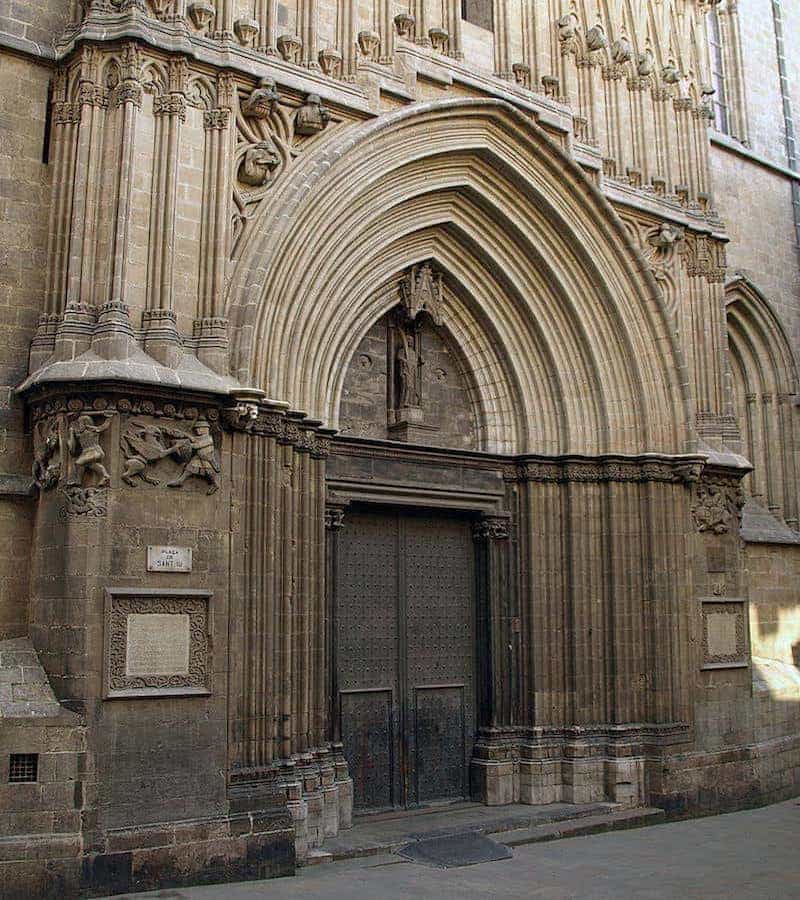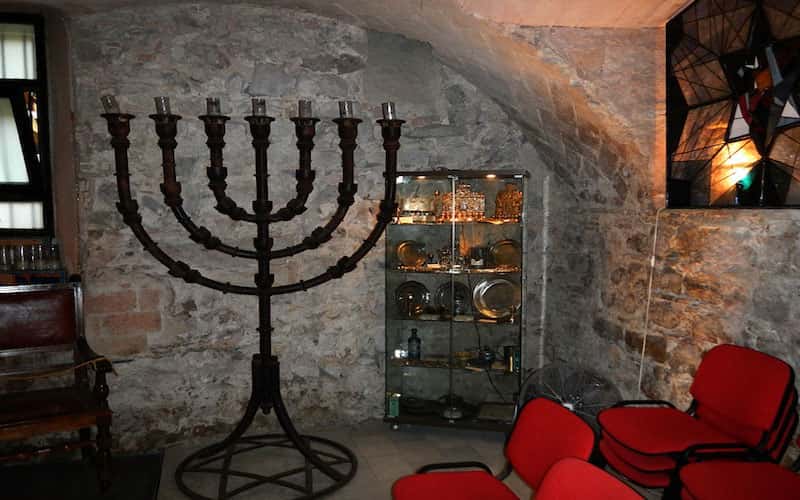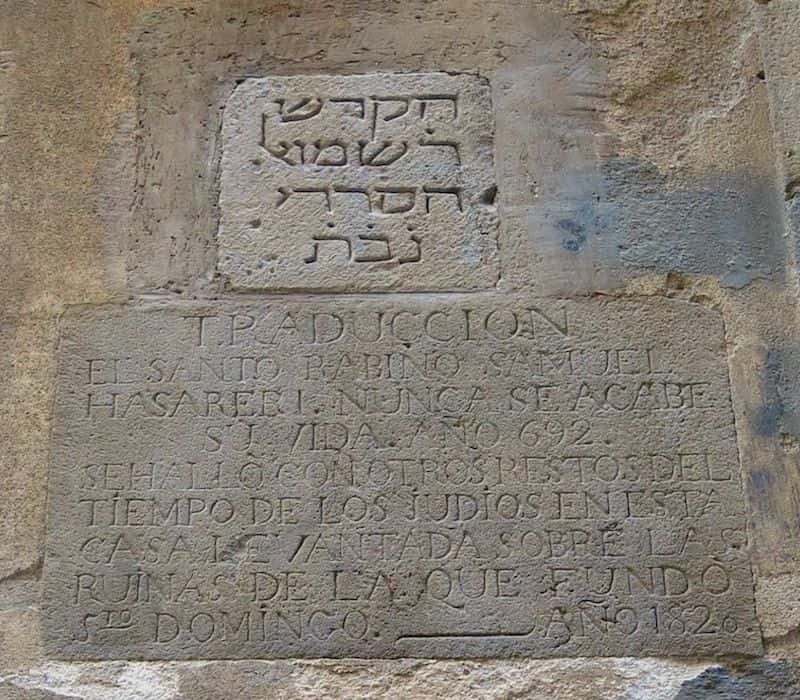Jewish History in Barcelona: What to See and Where to Go
Spain has an incredibly rich past and Barcelona – the capital and largest city of Catalonia – has a history that stretches way back to Roman times. The city was founded in 15 BC and in the thousands of years since countless groups of people have called the city home.
Among those groups that have come and gone, the Jewish community played an especially critical role in growing Barcelona as a cultural and business center of the Mediterranean coast. The city and wider region wouldn’t be the same without that influence.
Jewish history in Barcelona is a troubled one with highs and lows – but the story isn’t over. A number of congregations exist within the city today and they’re busy advocating on behalf of Jews in the city.
If you’re planning a visit to Barcelona and want to know more about the role the Jewish people played in shaping this great city, there’s a lot to see. Here’s a look at the best Jewish landmarks in Barcelona.
TABLE OF CONTENTS
1. Montjuic
Montjuic can literally be translated as “Jewish Mountain” and it served as a prominent Jewish cemetery for Barcelona’s large Jewish population. In fact, remains of this Mediaeval graveyard can still be seen today. Walking through the area is a sobering way to hear the echoes of Barcelona’s Jewish history.
The graveyard was active from around the 9th century until the end of the 14th when Barcelona’s Jewish population was driven from the city in 1391. From this very moment, the cemetery began to degrade and fall into disrepair.
Some theorize that the use of this cemetery helped the Jewish community to have relative immunity from the Black Death: the Jewish custom of cleaning their dead before burying them outside the city on this hill meant that Jews were not as affected by the terrible disease. This played a part in creating the belief that the Jewish community was responsible for the spread of the Black Death.
The mountain towers over Barcelona’s harbor and you can experience beautiful views from its summit after visiting the graveyard.
2. Plaça Sant Iu’s Hebrew Tombstones
When the cemetery was abandoned, some of the tombstones were used in the construction of the buildings in the Gothic Quarter. In fact, it’s possible to still see these today, etched within the walls of the small Plaça Sant Iu which is found beside the Cathedral.

It’s a perfect visual metaphor for the way that Jewish heritage and history are deeply ingrained within the identity of Barcelona.
3. Ancient Synagogue of Barcelona, Spain’s Oldest Synagogue
The Ancient Synagogue of Barcelona, Sinagoga Mayor in Spanish, is not only the oldest in Spain, but it’s also believed to be the oldest synagogue in Europe.
Found deep within the heart of the ancient Jewish quarter, you can enter this incredible structure from the Carrer Marlet and see where Barcelona’s Jewish population will have worshipped for centuries. It is possible to go inside of the Ancient Synagogue of Barcelona for a tour, and there are regular events that are hosted there.
Incredibly, there were rumors circulating years ago that the synagogue was to be converted to a bar. Thankfully, this did not come to pass, and an important part of Barcelona’s Jewish heritage has been protected.

4. Remains of Mikveh Bath in Barcelona
The ancient Jewish quarter also had a Mikveh or Mikvah. This bath is used by Jewish people for a range of uses and serves to help restore ritual purity to both people and objects.
Many believe that some telltale signs of its remains still stand and that they can be found within a store! If you ask politely at the Olivé store on Carrer Palla, you can be taken to the back of the shop to see the columns and arches for yourself.
5. The Samuel ha-Sardí Inscription in Barcelona
In Carrer Marlet a building was destroyed in 1920 and this process uncovered a medieval inscription that was devoted to rabbi Samuel ha-Sardí. There is still a level of debate around what the message actually says and how it should be translated, but it’s a touching reminder of just how deeply ingrained the Jewish faith once was within the city.

6. Look Forward with the Jewish Film Festival in Barcelona
1492 is the year that the Jewish and Muslim populations in Spain were given a terrible ultimatum: convert to Christianity, leave, or die.
This dreadful event is a painful reminder of the human capacity for cruelty that can flourish if not checked. Now, 500 years later, a burgeoning Jewish community of 4,000 Jews can be found in Barcelona. They truly have come home.
This community is a positive one that advocates for Jewish rights regularly. An important way to celebrate their faith is through the annual Jewish film festival: The Festival de Cinema Jueu de Barcelona. This festival explores the many facets of Jewish life and it is open to everyone.
The event is sponsored by the city council and if the timing is right, it’s a great way for you to not only explore Barcelona’s Jewish history, but also its future.
We hope that this guide to Jewish history in Barcelona has been useful for you and that you enjoy getting to see these wonderful sights. Barcelona is a truly special place and the Jewish community is inextricably linked to it.




